The Best City Skylines in England
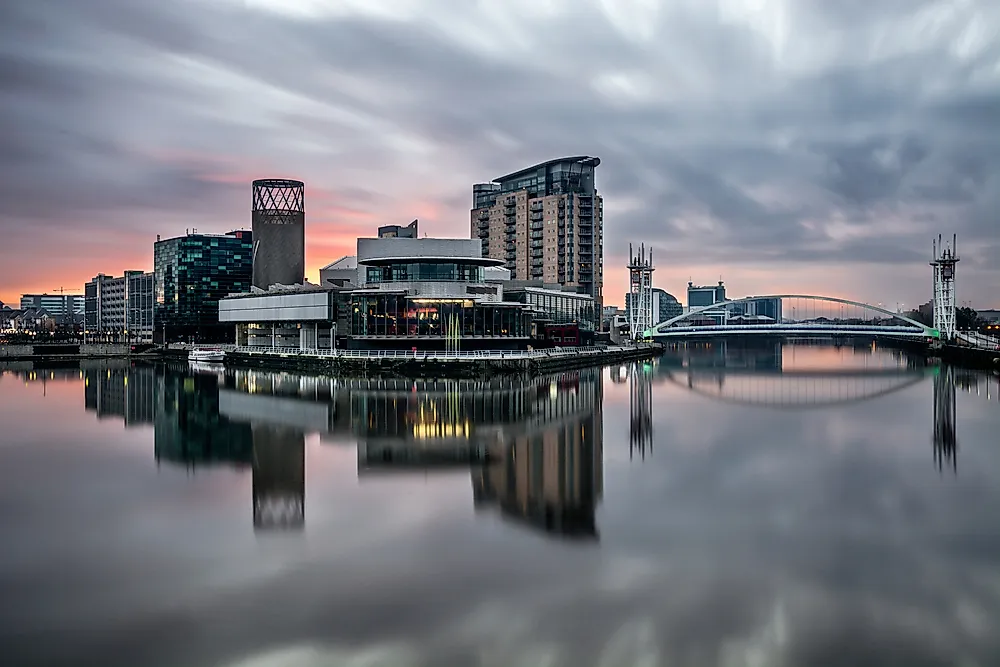
Although tall skyscrapers do not characterize the skylines of most cities in the United Kingdom, England’s capital has one of the best skylines in Europe and the world. Other than the BT Tower in Birmingham, the list of the top twenty tallest buildings in the United Kingdom is dominated by London's skyscrapers. Some of these buildings beautifying the skyline in England were constructed over a century ago, and they are still used to date. In fact, a majority of the tallest skyscrapers in England are in London. Some of the best city skylines in England include:
10. London
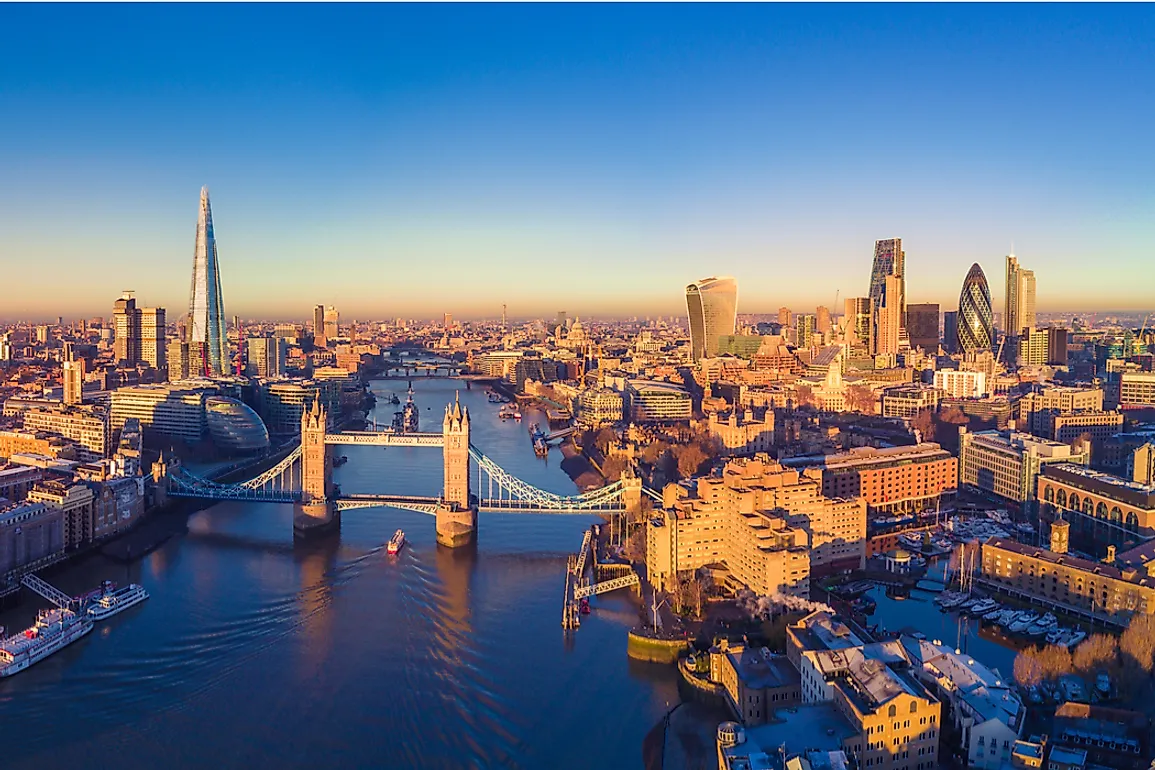
London is one of the primary financial and business centers in Europe, and during the 19th century, the city served as the world’s business center. London has been the home to the most beautiful skylines in the world for centuries now with the Old St Paul’s Cathedral being the tallest building in the city from 1310 to 1677. Currently, the increasing numbers of skyscrapers in the city host the country’s financial sectors. Other than the CityPoint towers and Barbican estate, a majority of the tallest skyscrapers in London are on the eastern side of the city around the Fenchurch Street and Bishopsgate, Leadenhall Street. The tallest building in London is Leadenhall building which has dominated the London skyscrapers since 2014, followed by the Heron Tower.
9. Manchester
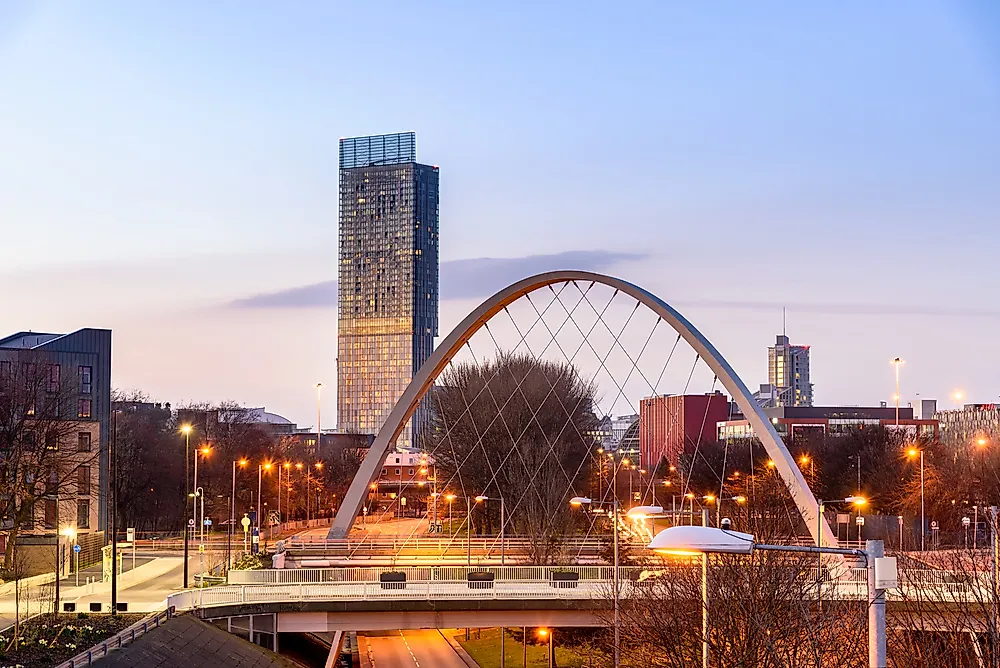
Manchester is the third most toured city in the United Kingdom after Edinburgh and London. Manchester remained a Manorial-township until the 19th century when it started expanding at a very high rate. During the Industrial Revolution era, textile manufacturing helped convert Manchester into the first industrialized city in the world. Manchester displays a wide variety of architectural designs ranging from contemporary to Victorian architecture. Beetham Tower has dominated the skyline since 2006. At 554 ft, Beetham Tower is the tallest building in Manchester and the tenth tallest structure in the United Kingdom.
8. Bristol
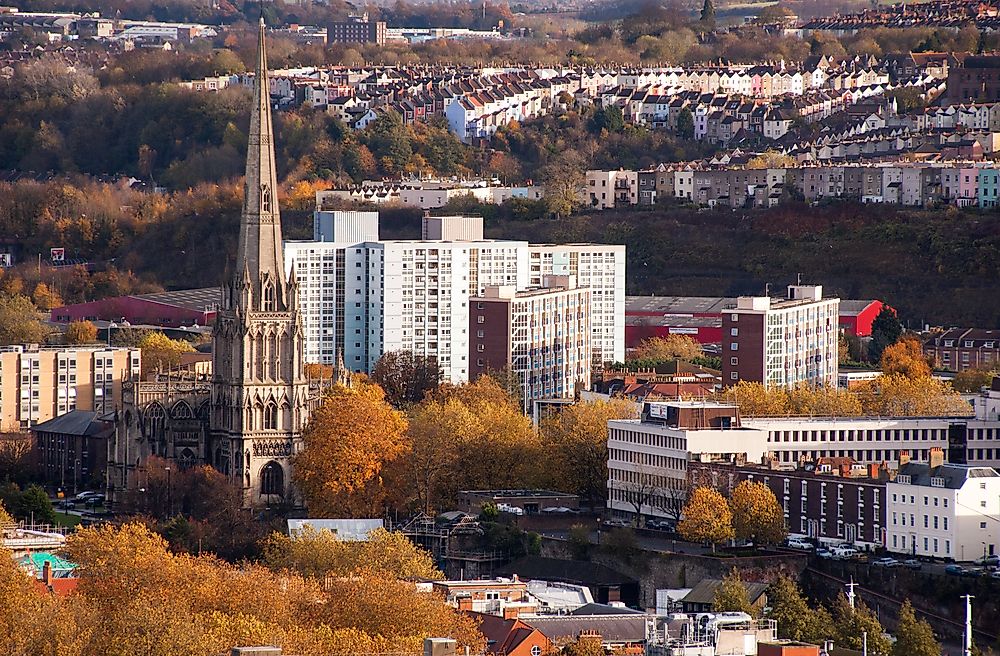
As of 2015, Bristol was the 8th most populated city in the United Kingdom. Bristol was the starting point for the early voyagers to the New World led by John Cobon in 1497. The aerospace, electronic, and creative media industries helped build the modern economy of Bristol. The Bristol pound is the main circulating community-currency in England. The skyline in Bristol is dominated by St. Mary Redcliffe, a 292 ft tall building which was constructed in 1442. The second tallest structure is the 262 ft Castlemead which was built in 1981.
7. Newcastle
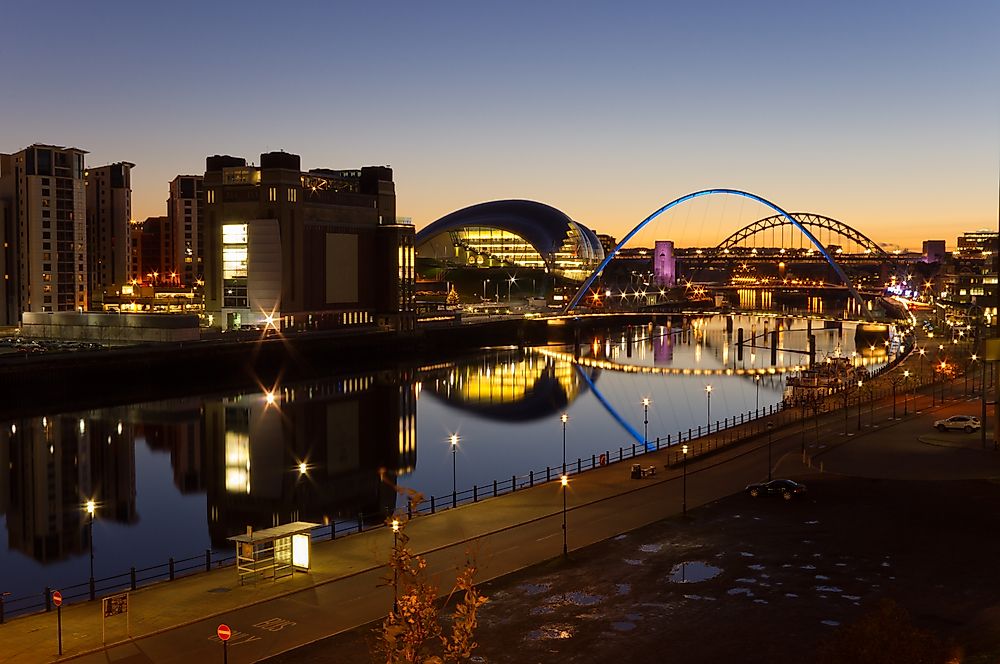
Unlike most of the cities in the United Kingdom, Newcastle does not have tall structures and buildings. St. Nicholas' Cathedral dominated the Newcastle skyline for 396 years since its construction in 1448. It was replaced by the St. Mary’s Cathedral which held the title for 122 years. In 1966, Shieldfield House, which is 253 ft tall, became the tallest building in Newcastle. Vale House, which is the current tallest building in New Castle, surpassed it after two years. The Vale House is a 262 ft high building with 28 floors and was built in 1968.
6. Leeds
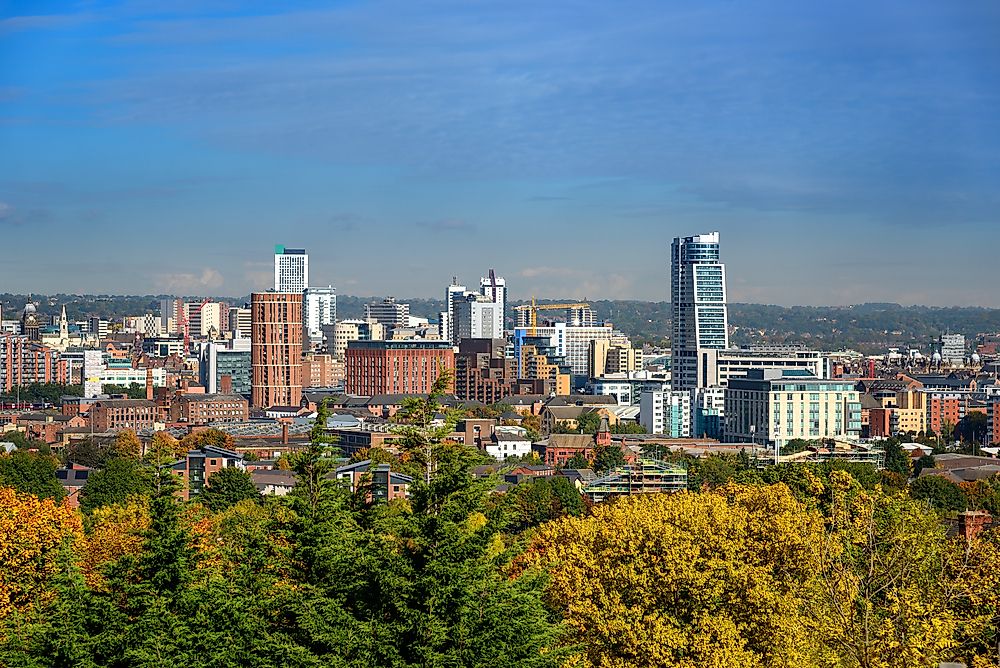
With a population of over 781,700, Leeds is a major English city with only two skyscrapers with height over 328 ft. The tallest building in Leeds is the Bridgewater Place which is 367 ft tall and has been the tallest in Leeds since 2007. The 2nd building is the 348 ft Sky Plaza which was constructed in 2009.
5. Nottingham
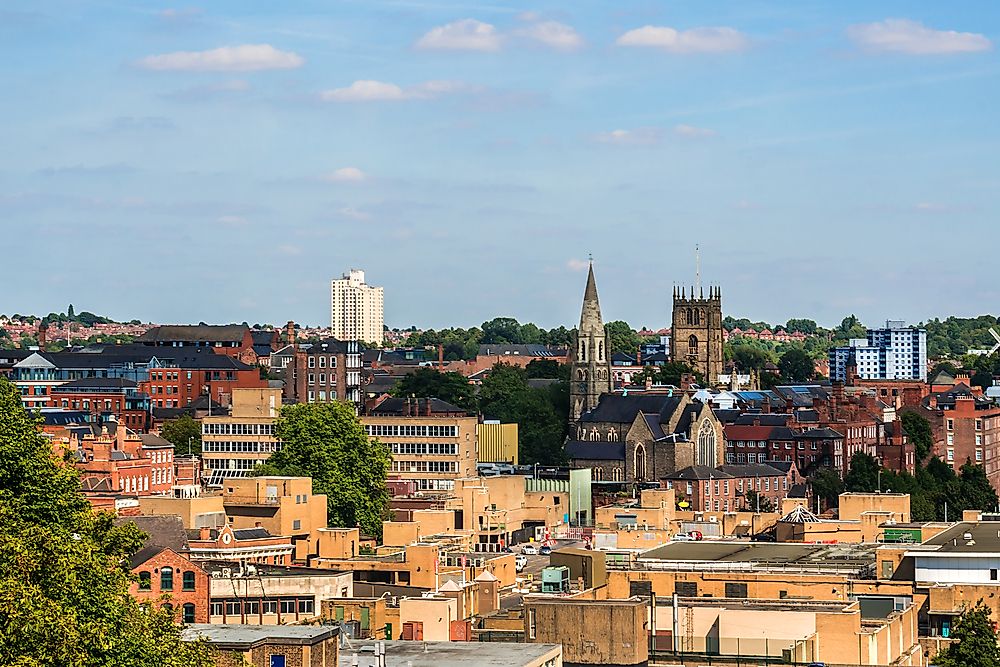
The geographical center of the city, referred to as the Old-Market square, is dominated by the Council-house. Nottingham has one of the best public transport systems with the most extensive bus network in the country. The tallest building in Nottingham is the Victoria Center Flats which is 246 ft tall, and it has been the tallest in the city since 1972. The 2nd tallest building in Nottingham city since 1967 is the Pine View.
4. Birmingham
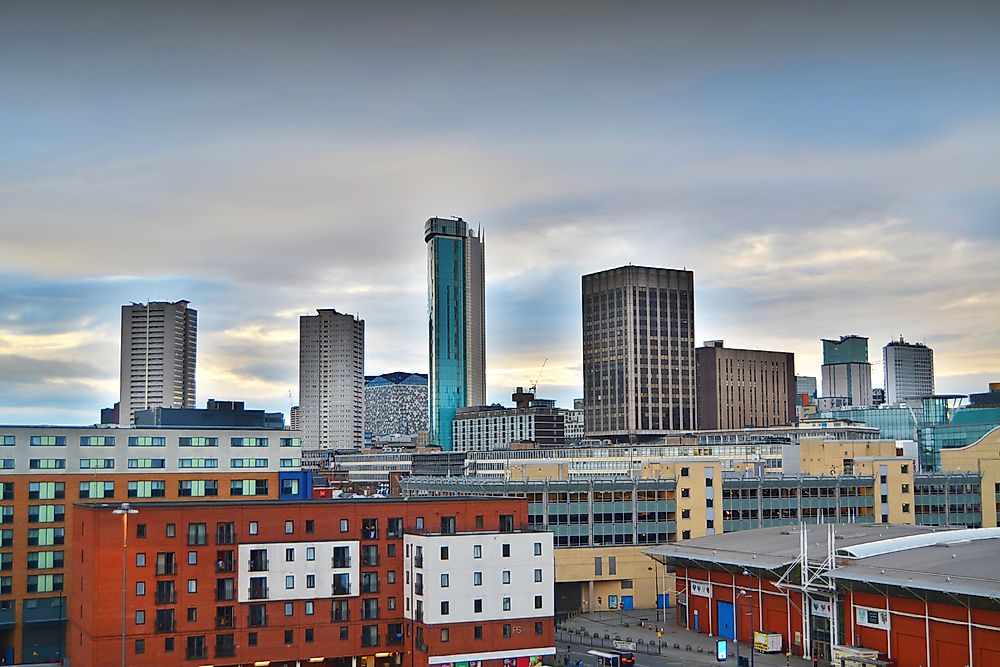
Although Birmingham was an average sized market center in the medieval era, the city developed into its current global importance during the 18th-century industrial revolution and Midlands enlightenment. Birmingham was heavily bombed from 1940 to 1943 by the Germans, and this affected the city’s infrastructure adversely. After the war, construction of high-rises was active, but it slowed down during the 1980s. The tallest building in Birmingham City which has dominated the skyline in Birmingham is the BT Tower. The BT tower is 499 ft tall and was constructed in 1966. The second tallest building is the 10 Holloway Circus which was built in 2005. Skyscraper development was slowed down in the city because of the various enforcements imposed by the Civil-Aviation Authority who claimed that the heights of the skyscrapers could affect aircrafts.
3. Liverpool
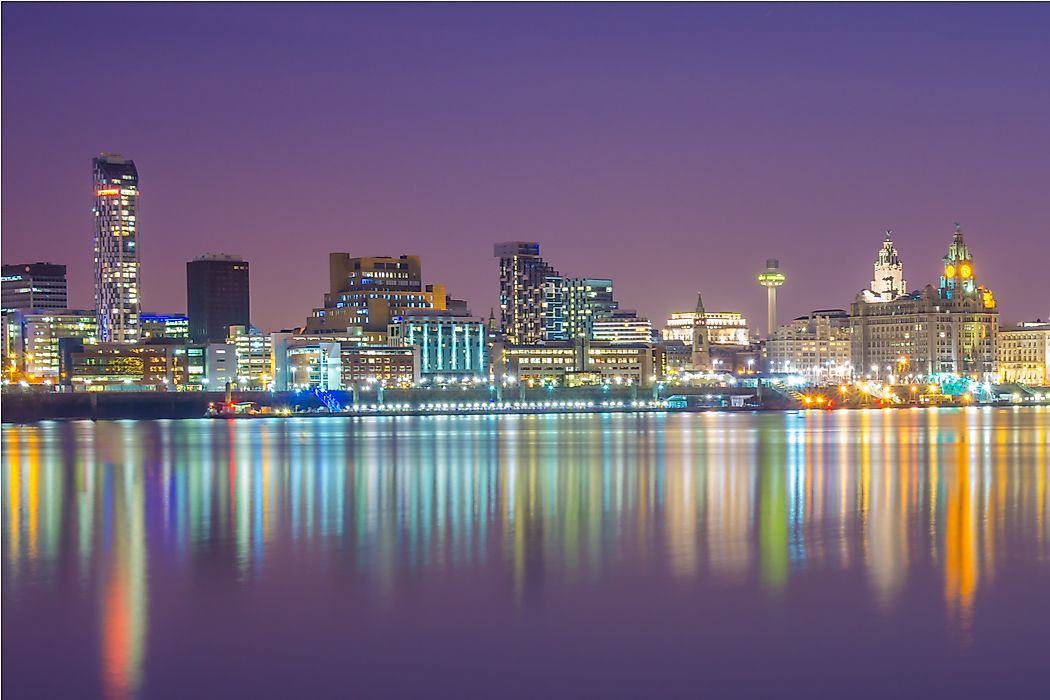
Liverpool has been undergoing massive regeneration for years now, and older buildings are being brought down to create room for newer skyscrapers. The city demolished over ten 164 ft 1960's buildings in mid-2000. The history of skyscrapers started in 1911 in Liverpool with the construction of the Royal-Liver Building which is 295 ft tall. Currently, the 460 ft tall West Tower is the tallest building in the city. West Tower was built in 2008, and it is followed by the Radio City Tower which was constructed in 1965.
2. Sheffield
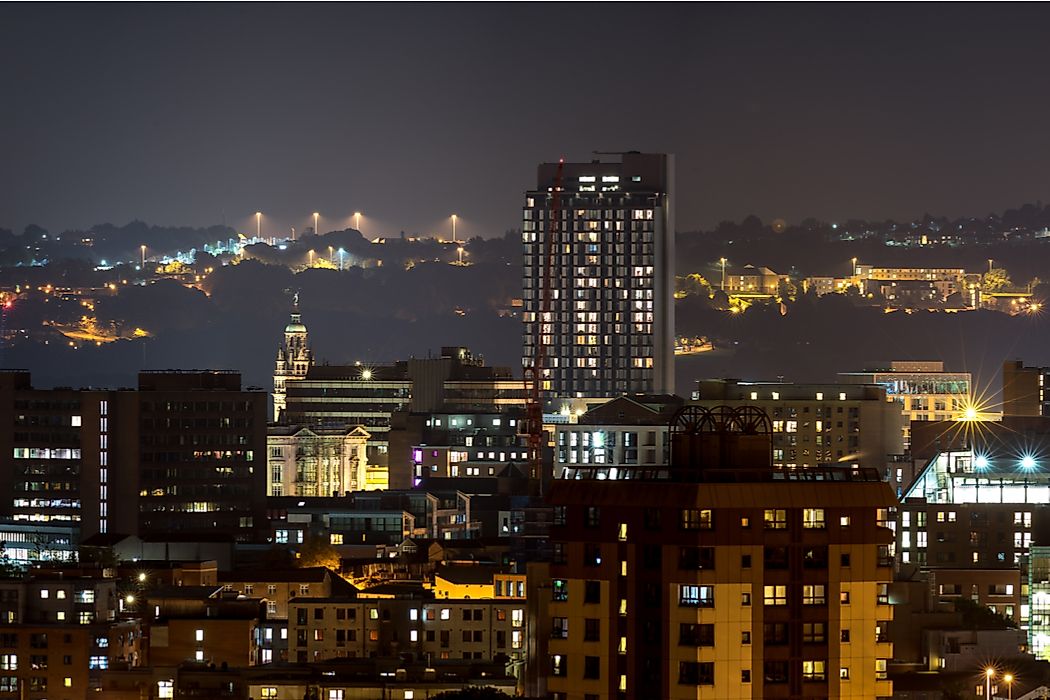
Sheffield has grown a lot from its industrial roots to a broader economic base, plus it is currently the 3rd largest district in England with a population of over 1,569,000. Sheffield gained an international reputation as the Steel City during the 19th century. The tallest structure which dominated the city’s skyline from 1430 to 2010 was the 161 ft tall Sheffield Cathedral. From 2010 to date, the title for the tallest building is held by St. Paul’s Tower (a 331 ft tall residential building), followed by the Arts Tower in Sheffield University.
1. Cambridge
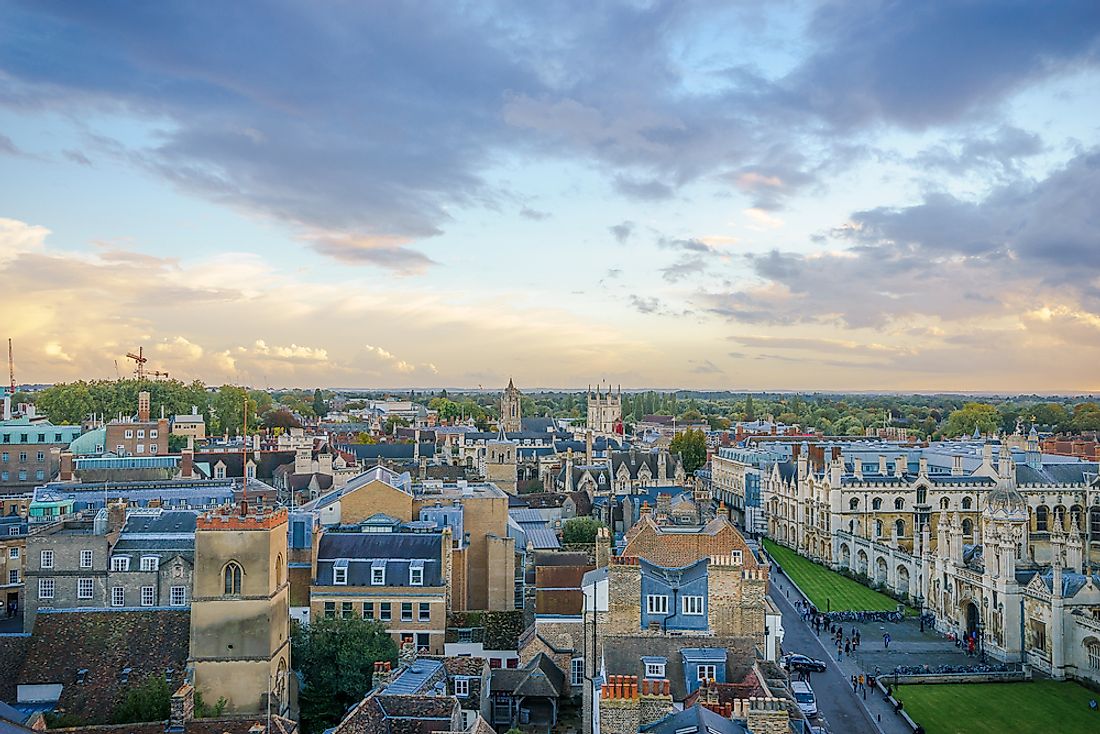
Cambridge became a significant trading center during the Viking and Roman age and the establishment of the Cambridge University in 1209 helped popularize the city. Cambridge does not have tall skyscrapers like other England cities and the tallest building in the city is Cambridge university library. The university built the 161 ft tall Cambridge university library in 1934, and it is still the tallest structure in the Cambridge city.











